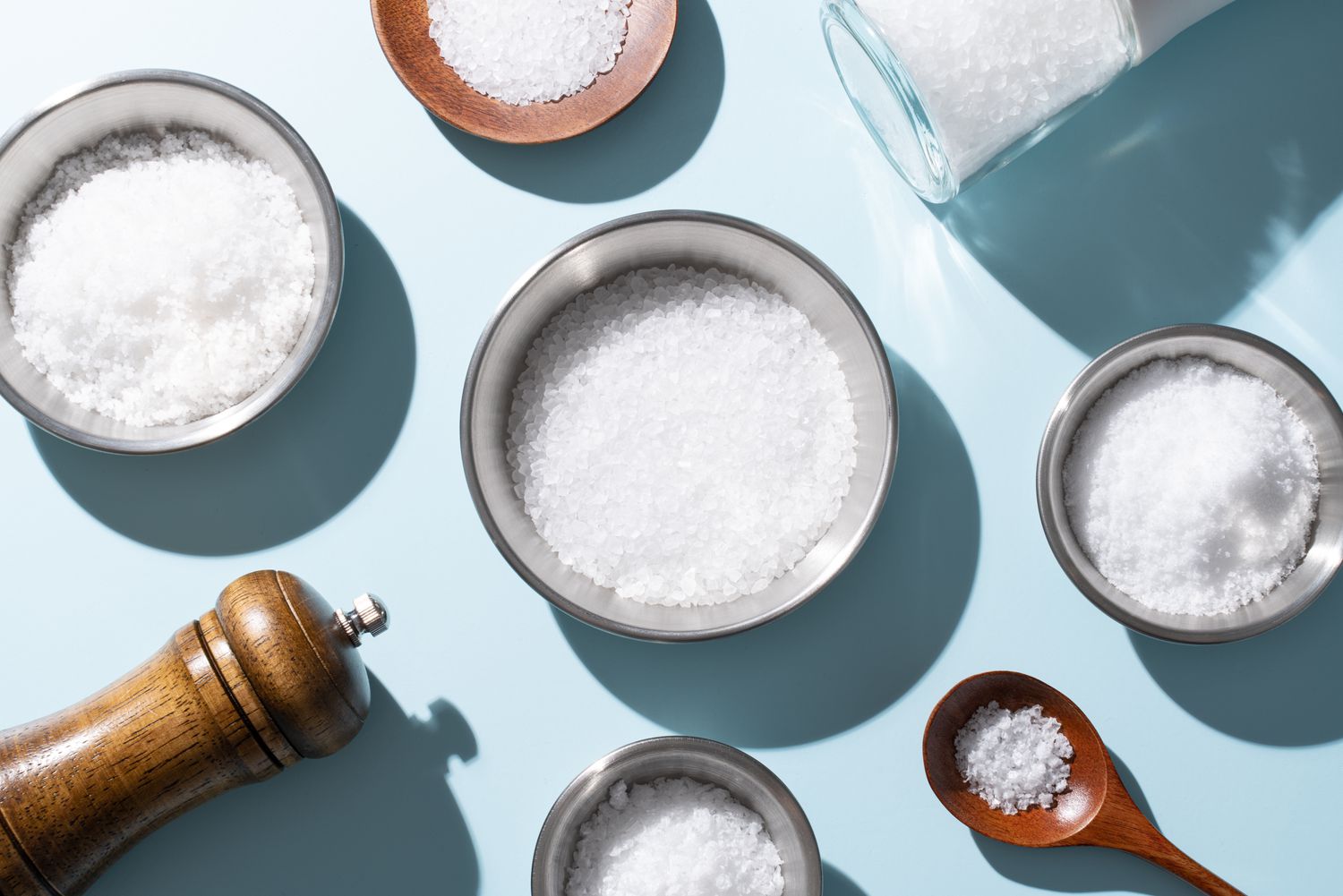If salt has always been taboo at your kitchen table, it may be time to renew your relationship with it. Long gone are the days of only table salt in every salt shaker—there are lots of options nowadays. And let’s be honest, salt has unfairly gotten a bad wrap (there’s really no reason for the controversy). Salt is an essential mineral, and it’s important to how your body functions, according to Jennifer Weis, RD. “Electrolytes are essential for proper hydration, muscle contraction (including your heart) and pH balance in your blood,” she says. Moderation is the key to a healthy lifestyle, and salt is no exception. Don’t worry—we’ve got the 411 so you can make the healthiest choice for you.
- Jennifer Weis, RD, LDN is a registered dietitian and the owner of Jennifer Weis Nutrition Consulting, LLC
How to Choose the Best Salt for You
Let’s revisit chemistry class for a second. Simply put, salt is a mineral found in rock form, and is made up of sodium chloride. It is mined from the ocean, salt lakes, and from large groups of rocks that are formed by deposits of sodium chloride, aka salt. There are salt mines in many different countries all over the world that work to mine ionized salt—or table salt—as we know it. The source, the processing, and the salt crystals all play a role in the salt that makes it to your table. The healthiest salt option depends on your personal taste, like if you prefer a certain texture or a specific salt to flavor a specific food, or are generally looking to reduce your sodium intake. These are the cases where a conversation with your physician comes into play.
People are finding alternatives to regular salt as a way to manage their health better, and to cater to their taste preferences, Weis says. Adults usually need around 2300 milligrams of sodium every day (about 1 teaspoon of regular iodized table salt), according to The Dietary Guidelines for Americans. Some may want to reduce sodium consumption and/or increase “micronutrient intake of other elements by purchasing various salt types, including iodized salt,” Weis says. Keep in mind that there are slight differences in salt, like flake size or texture for baking or cooking recipes. There are variations in taste too, because of the grain size and additives or ingredients.
The 3 Healthiest Salts for Cooking
There’s not a one size fits all with salt, and it’s up to you to decide the pros and cons as it relates to your health needs. If you’d like a place to start, check out these top three healthiest salts.
Sea Salt
Sea salt comes from evaporated seawater or from the water in salt lakes; because it’s processed less than iodized salt, it retains additional minerals. Coarse sea salt contains about 1560 milligrams of sodium per teaspoon and may also contain traces of potassium, iron, and zinc, Weis says.
Himalayan Salt or Himalayan Pink Salt
Another healthful swap out for table salt—Himalayan salt. The grains are bigger, so you won’t need as much to flavor your food. Weis explains that “there’s more calcium, potassium, magnesium, and iron (in trace amounts), and less sodium than in table salt.” Sodium content in Himalayan pink salt is about 2200 milligrams of sodium per teaspoon.
Kosher Salt
As a type of sea salt, kosher salt is more coarse than iodized salt, which makes it an ideal alternative for cooking and seasoning meat. Coarse kosher salt contains about 1240 milligrams of sodium per teaspoon, similar to table salt but with a more effective purpose. Depending on your personal preferences and dietary restrictions, these salts could be the best replacement for plain old table salt.

